Many thanks to this weekend’s SDRuno Zoom workshop participants
Many thanks to those who participated in our Zoom workshop yesterday which was aimed primarily at beginners but also strayed into some more complex questions too. It was good because with all the lockdowns of the past 18 months, the SDRplay team rely on this kind of contact to see where we need to focus future support and making it easier to find information.
Here are some of the questions which were asked and some links to resources which help answer them.
How do you use the new scheduler to record live (not scheduled)? See Page 24 of the manual (click on record): https://www.sdrplay.com/docs/SDRplay_SDRuno_User_Manual.pdf There’s a video guide to this 9 minutes 50 seconds into this video: https://youtu.be/oCsDY-0QrFE
Are there step by step startup instructions for SDRuno ? See page 123 of the manual for the “Quick Start Guide”. There’s also a simple intro video here: https://youtu.be/k8p106BpSXU
I just purchased an RSPduo. The main focus for me is MW and Low bands DXing. Can SDRuno record full day of MW and display the whole day waterfall like in Jaguar software for Perseus? I would love to have this feature. Yes but it needs a very large amount of memory storage. Here’s the link to the video showing examples of file sizes per minute of recording (fast forward to 7 minutes 25 seconds in): https://youtu.be/hUYTVZpNLNQ
Could you please explain in simple terms the difference between Zif and Lif and when to use each one? The simple answer is to use Low IF for 2MHz bandwidth and below. You will only need to use Zero IF when wanting to see more than 2MHz spectrum. The preset band buttons for HF and below all use Low IF.
Can you explain VFO and QRM? VFO stands for Variable Frequency Oscillator and was effectively the tuning dial of a traditional hardware radio. Thus it means the frequency you wish to tune to. QRM is a Ham radio shorthand for “interference” – usually man made (as opposed to “QRN” which is atmospheric – see https://en.wikipedia.org/wiki/Q_code
Can SDRPlay display the MW waterfall for the entire day all in one? Very useful for propagation conditions at-a-glance, helps in stations identification, etc. MW DXers do record the entire days then gets them reviewed later for small openings of rare stations, etc.: We have no experience of doing this, but here’s a link to forum discussion on the topic: https://www.reddit.com/r/RTLSDR/comments/3b1ulq/is_there_a_way_to_record_just_the_waterfall/
With the new ADSB plugin can it pass data to tracking site to link ADSB data with ATC data? Yes but you would need to create your own interface. This is something we are actively encouraging plugin developers to do, building on the ADSB plugin we provide.
I ran the update of SDRuno, and then the plugins did not work as they should – then I reinstalled the latest version and now it works – is this a known error? In general you should never need to do a reinstall. It is important to keep community plugins in a separate folder: See 2 minutes 22 seconds into this video guide to plugins: https://youtu.be/fZT5EODa9K4
What is the advantage of having 14bit ADC vs the cheaper 8bit ADC dongles? The increased dynamic range – examples of absolute performance measurements are published here https://www.sdrplay.com/wp-content/uploads/2018/01/RSP1A-Technical-Information-R1P1.pdf )
Is there a setup for the RSP 1 or 2 that will allow me to clearly see the individual 120 Hz spikes caused by genuine power line interference sources. I find that both RSP versions I have DO NOT display these spikes well. Try adjusting the Resolution Bandwidth (RBW) settings as per page 49 of the manual: https://www.sdrplay.com/docs/SDRplay_SDRuno_User_Manual.pdf
I have an RSPDx and did not succeed to run any of Jan’s plugins for decoding digital modes, i.e. CW, SSTV, NAVTEX and so on. All of them return an error upon plugin loading: dll not recognized. Can you help ? We recommend contacting Jan via his github pages: https://groups.io/g/SDRPlayUsers/message/2998?
Any tips on how to use the scheduler for MW DXing? : For using the scheduler and profiles for MW DXing please review this video: https://youtu.be/fURaBmYcPbg
Where can I learn about the SDRplay spectrum analyser software? Follow the link on https://www.sdrplay.com/misc/
(Please note that https://www.sdrplay.com/misc/ has links to many powerful resources including the ever growing SDRplay user community (Community Links, the Documentation and Vdeo catalogue, Mike KD2KOG’s HamGuides channel, Plugins, Antenna suggestions and links to these Webinars and workshops)
Any chance of an ARCAS decoder plugin? Hopefully in time, meanwhile here’s our guide: https://www.sdrplay.com/resources/decoding_lband.pdf
Any plans on having a more platform-independent version of this software (and the Spectrum Analyzer software) using Qt or other means for MacOS or Linux? We have recently accelerated development efforts on SDRuno V2.0 which will provide cross platform support – here’s our roadmap summary: https://www.sdrplay.com/sdruno-roadmap/ although we don’t commit dates on when this will be released. Meanwhile, SDR++ offers support cross platform and works with SDRplay RSPs: https://github.com/AlexandreRouma/SDRPlusPlus
Here’s the link to the workshop: https://youtu.be/xArq7lv6FWM
